Nerves and Neurons Worksheet
If you're a student studying biology or neuroscience, then you understand the importance of thoroughly understanding the complexities of the nervous system. With our Nerves and Neurons Worksheet, you can dive deep into the entity and subject of nerves and neurons, gaining a comprehensive understanding of their functions and interactions.
Table of Images 👆
More Other Worksheets
Kindergarten Worksheet My RoomSpanish Verb Worksheets
Cooking Vocabulary Worksheet
DNA Code Worksheet
Meiosis Worksheet Answer Key
Art Handouts and Worksheets
7 Elements of Art Worksheets
All Amendment Worksheet
Symmetry Art Worksheets
Daily Meal Planning Worksheet
What are nerves?
Nerves are bundles of fibers that transmit signals between the brain and other parts of the body, allowing for communication between different body systems. They play a crucial role in controlling sensations, movements, and bodily functions.
What is a neuron?
A neuron is a specialized cell in the nervous system that processes and transmits information through electrical and chemical signals. Neurons have a cell body, dendrites that receive signals from other neurons, and an axon that transmits signals to other neurons or cells. They play a crucial role in communication within the brain and between the brain and the rest of the body.
How do nerves transmit signals?
Nerves transmit signals through a process called neurotransmission. When a signal reaches the end of a nerve cell, known as a neuron, it triggers the release of chemical messengers called neurotransmitters into the small gap, or synapse, between that neuron and the next. The neurotransmitters then bind to receptors on the neighboring neuron, causing changes in the receiving cell that propagate the signal down the line. This process of chemical signaling allows for the rapid and precise transmission of signals throughout the nervous system.
How do neurons communicate with each other?
Neurons communicate with each other through electrical and chemical signaling. When a neuron is activated, an electrical signal called an action potential travels down its axon. At the end of the axon, neurotransmitters are released into the synapse, the tiny gap between neurons. These neurotransmitters bind to receptors on the receiving neuron, either exciting or inhibiting its activity in a process known as synaptic transmission. This communication allows for the complex network of interconnected neurons to transmit information throughout the brain and nervous system.
What are the different types of neurons?
There are three main types of neurons: sensory neurons that receive input from sensory organs and transmit it to the central nervous system; motor neurons that carry signals from the central nervous system to muscles and glands, controlling their responses; and interneurons that connect neurons within the central nervous system, integrating and interpreting information.
What is the function of sensory neurons?
Sensory neurons are responsible for transmitting sensory information from the body's sensory receptors (such as in the skin, eyes, ears, nose, and taste buds) to the central nervous system. These neurons detect and relay various stimuli, including touch, temperature, pressure, pain, and chemical signals, allowing the brain to interpret and respond to the environment. Overall, the function of sensory neurons is crucial for enabling organisms to perceive and interact with their surroundings.
How do motor neurons work?
Motor neurons work by sending electrical signals from the brain and spinal cord to muscles throughout the body, allowing for voluntary muscle movement. When a signal is sent down a motor neuron, it reaches the neuromuscular junction where it triggers the release of neurotransmitters, such as acetylcholine, which bind to receptors on the muscle fibers and cause them to contract. This process enables coordination and control of movements in response to signals from the central nervous system.
What is the role of interneurons?
Interneurons act as mediators between sensory neurons and motor neurons in the central nervous system. They integrate and interpret incoming sensory information and relay signals to motor neurons, coordinating appropriate responses such as movement or reflexes. Interneurons play a crucial role in signal processing, decision making, and modulating the strength and timing of nerve impulses within neural circuits, thereby regulating various bodily functions and behaviors.
What is a synapse?
A synapse is a junction between two nerve cells where communication occurs via neurotransmitters. It is a crucial part of the nervous system, allowing nerve cells to send signals to each other and ultimately control various physiological functions in the body.
How does the nervous system coordinate the body's responses?
The nervous system coordinates the body's responses through a complex network of neurons that transmit signals to and from the brain. When a stimulus is detected by sensory neurons, the signal is sent to the brain where it is processed and a response is generated. The brain then sends signals through motor neurons to the muscles or glands to carry out the appropriate response. This process ensures that the body can react quickly and effectively to changes in its environment.
Have something to share?
Who is Worksheeto?
At Worksheeto, we are committed to delivering an extensive and varied portfolio of superior quality worksheets, designed to address the educational demands of students, educators, and parents.

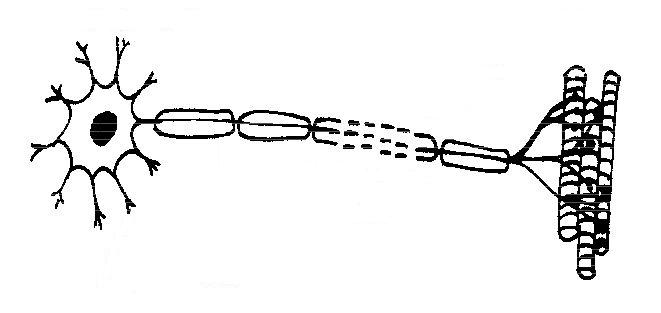



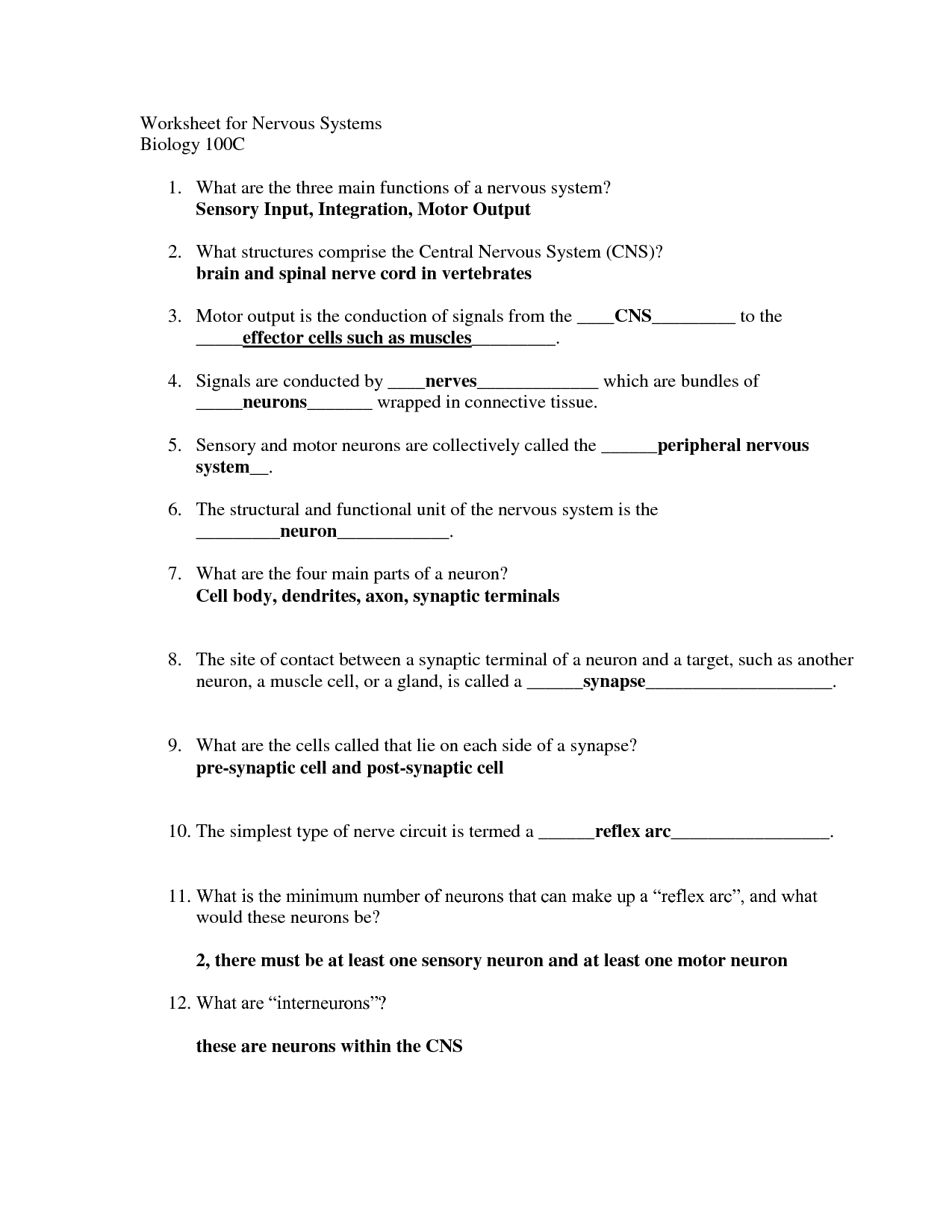
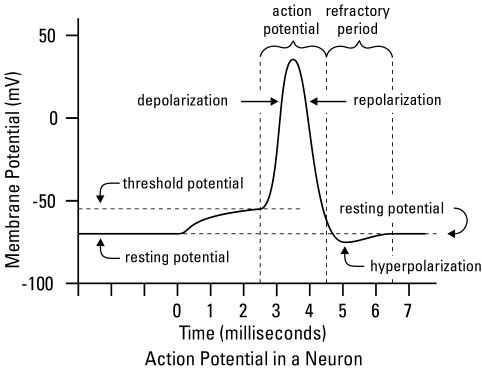
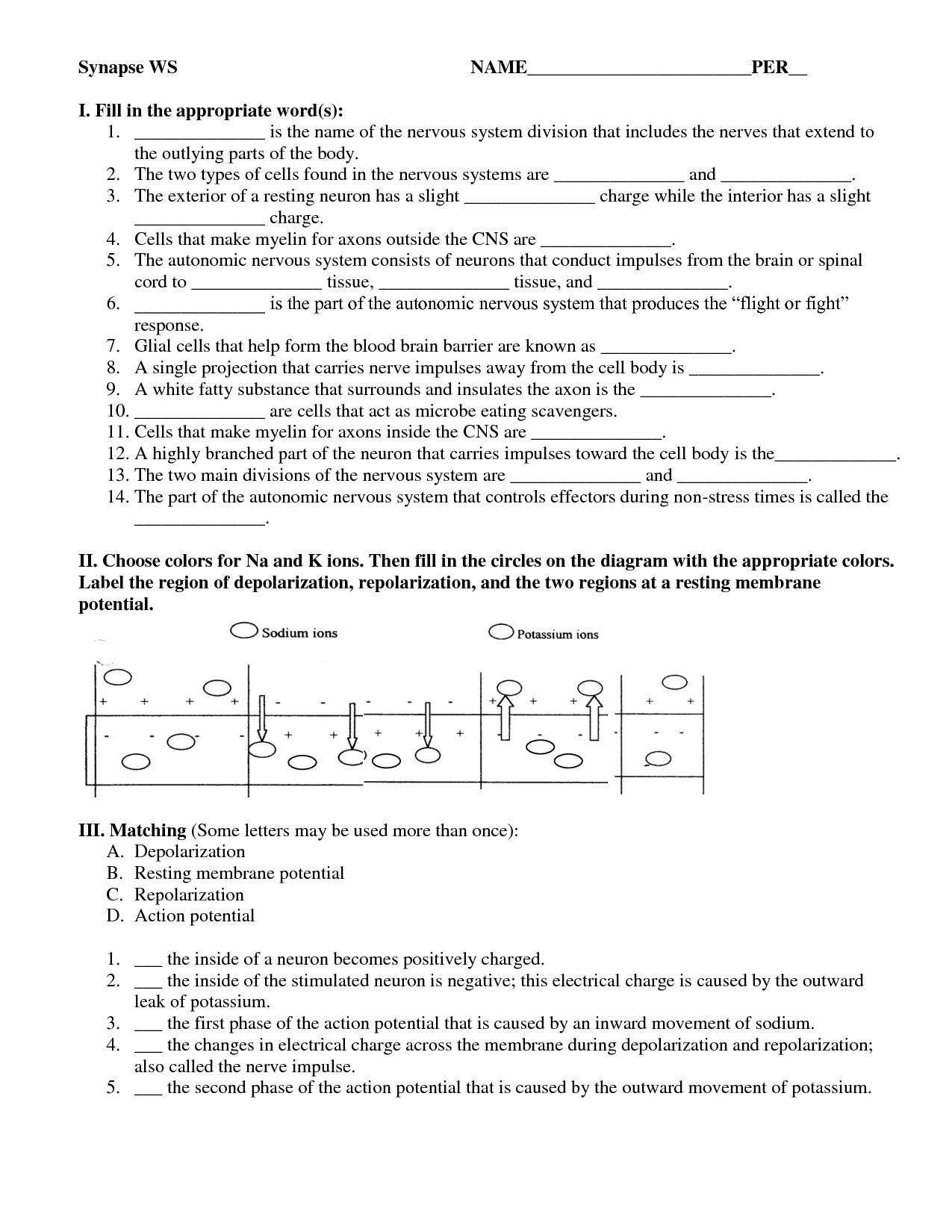
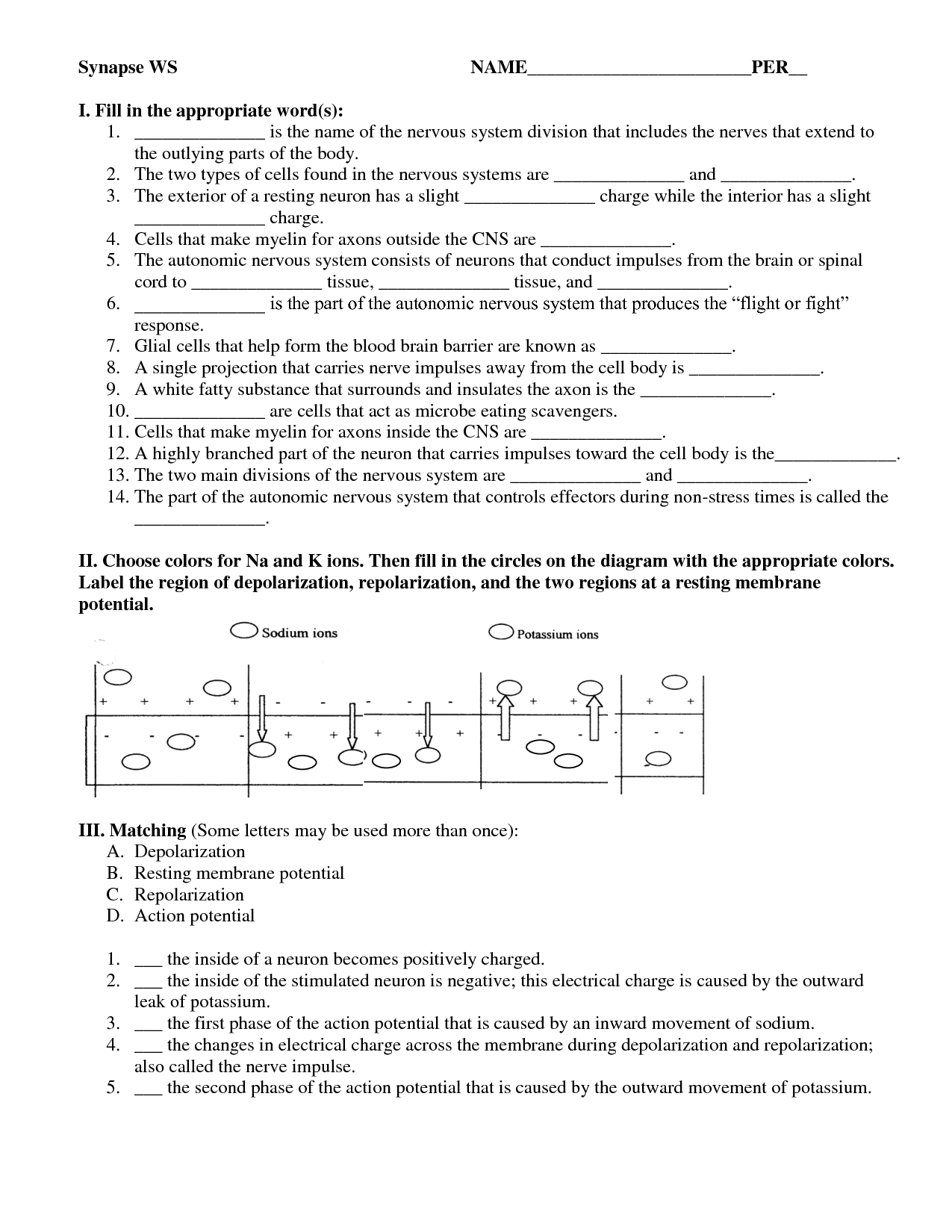
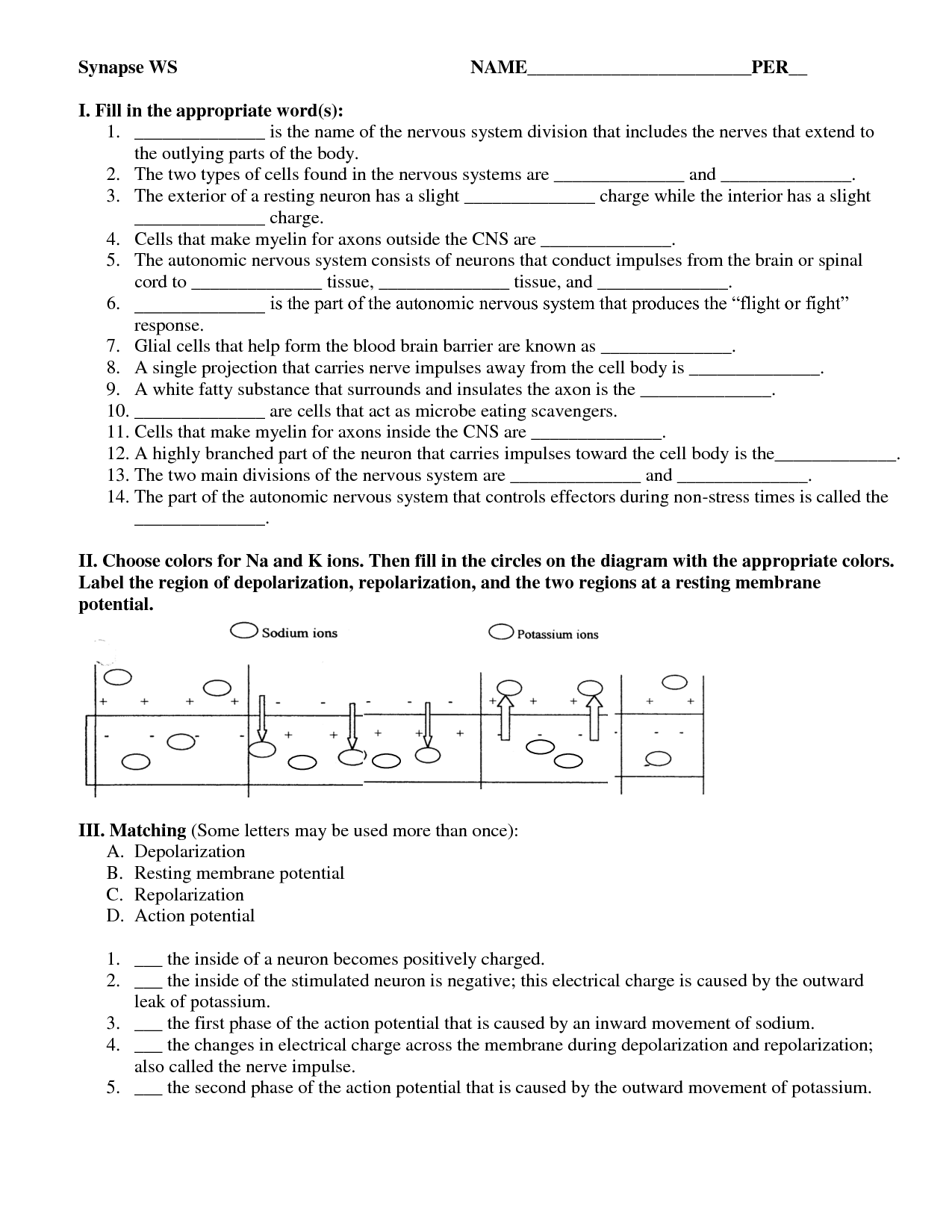
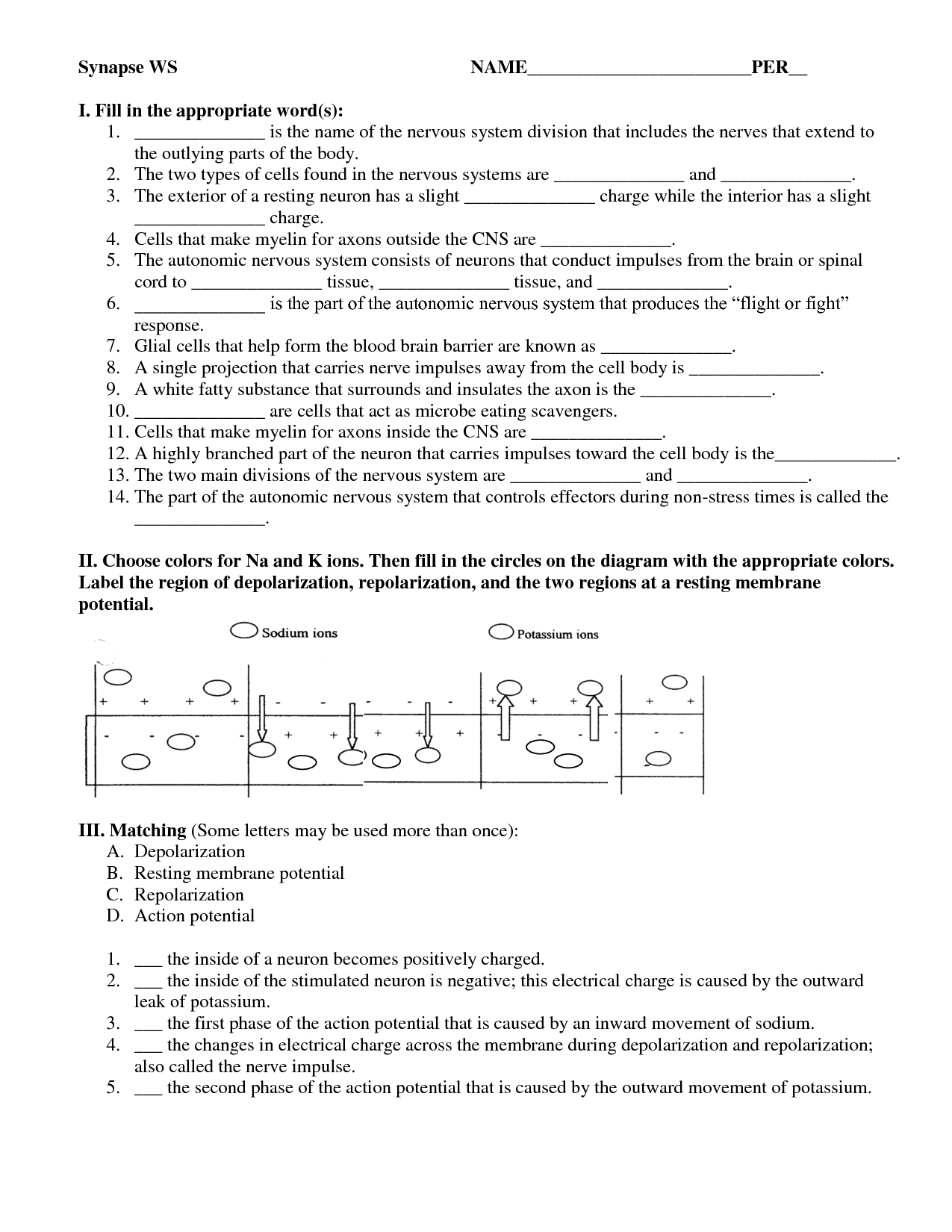
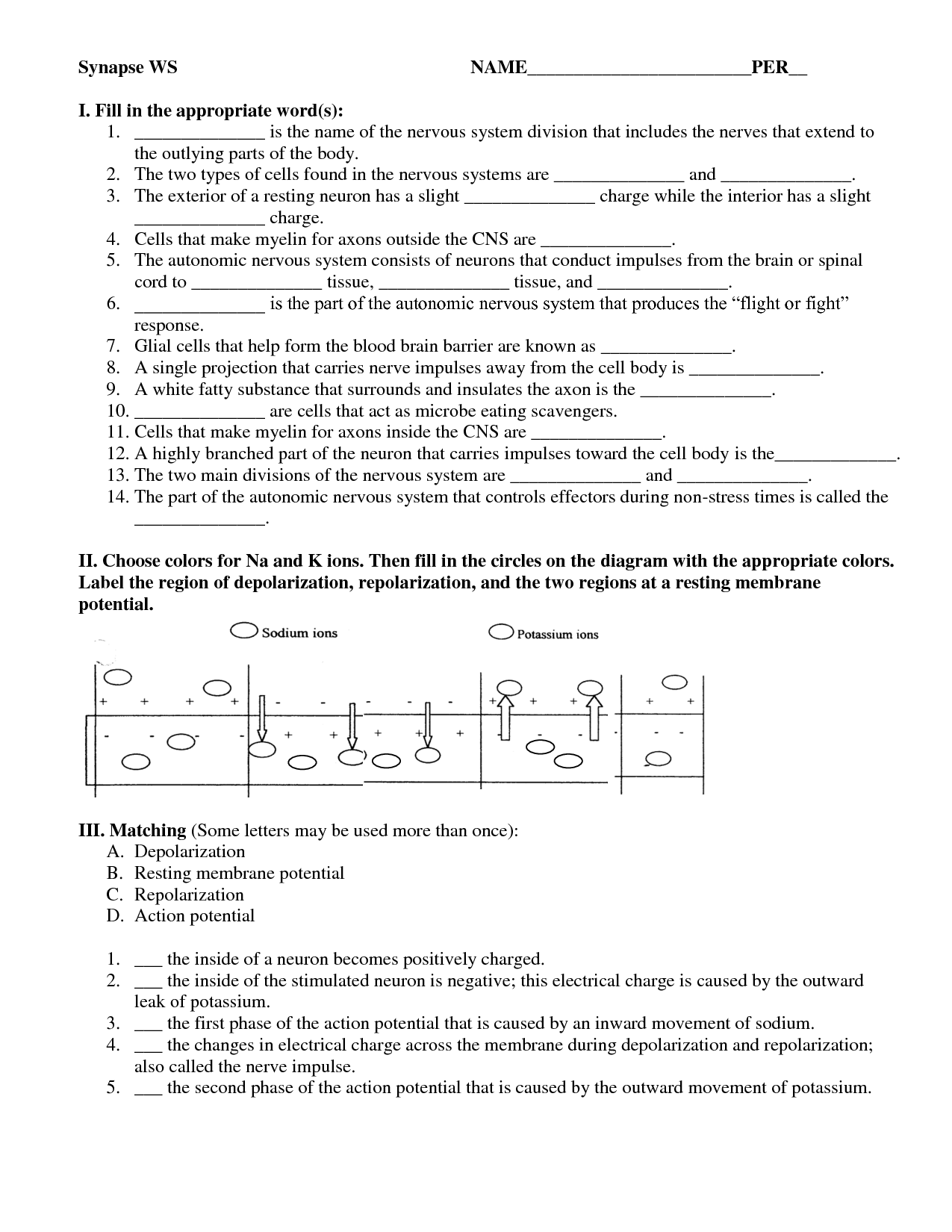
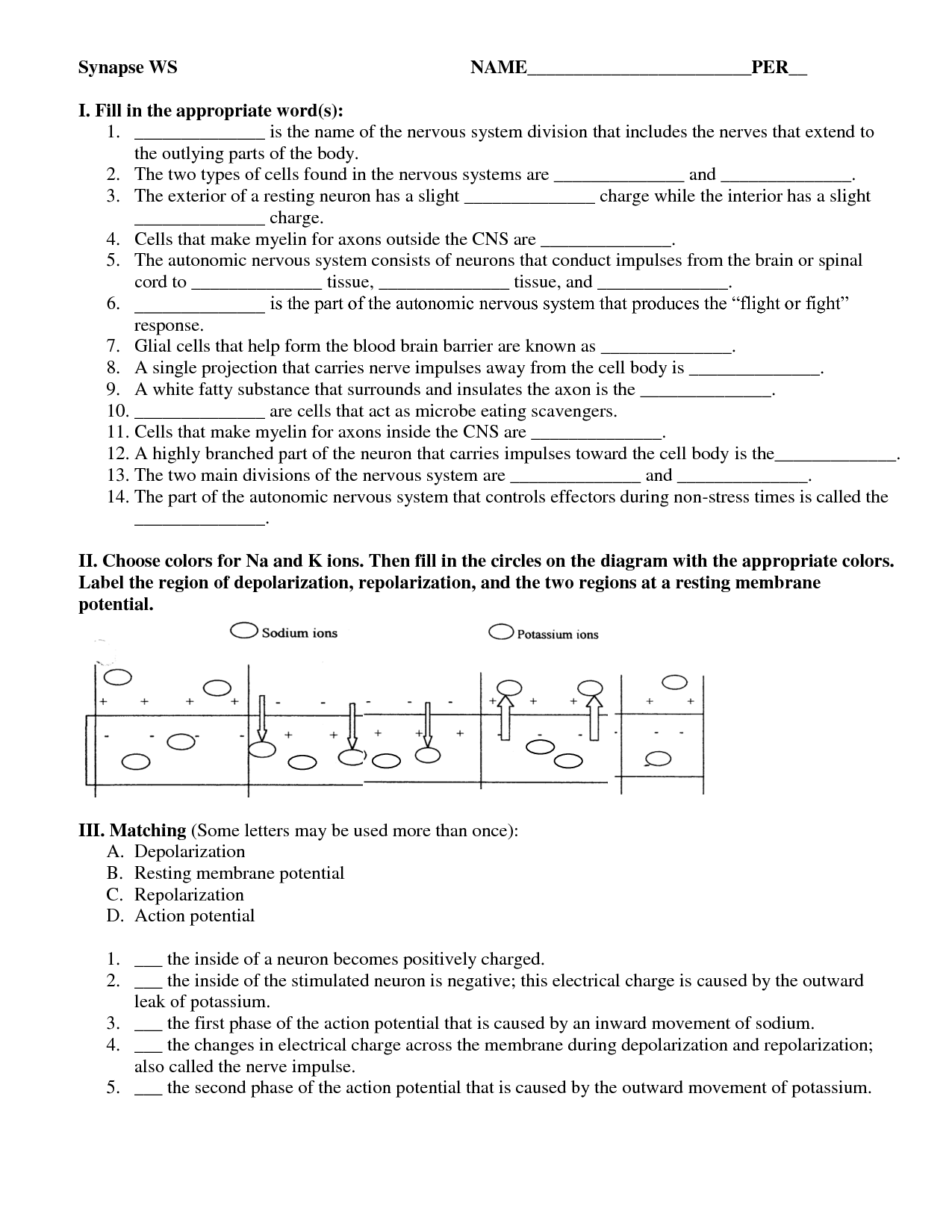
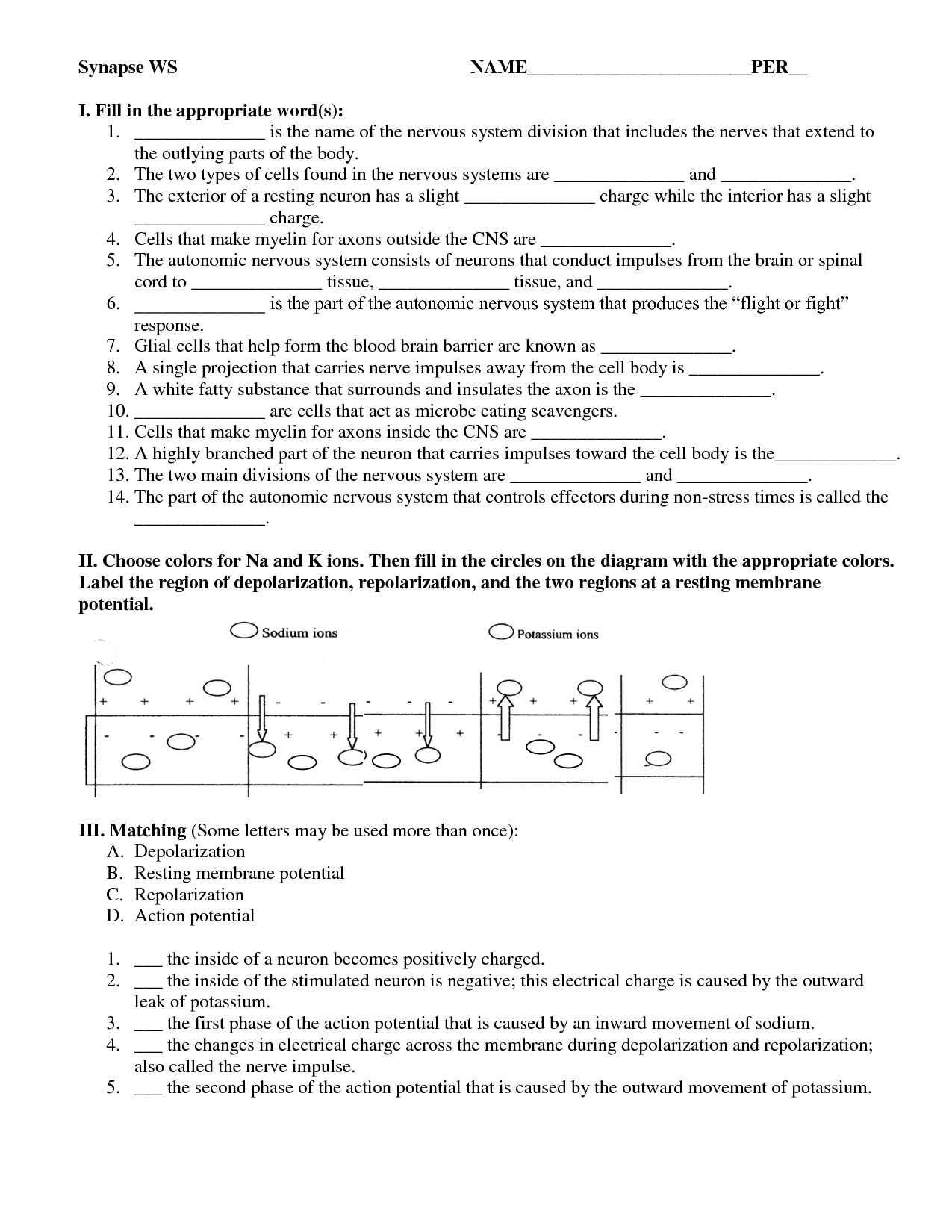
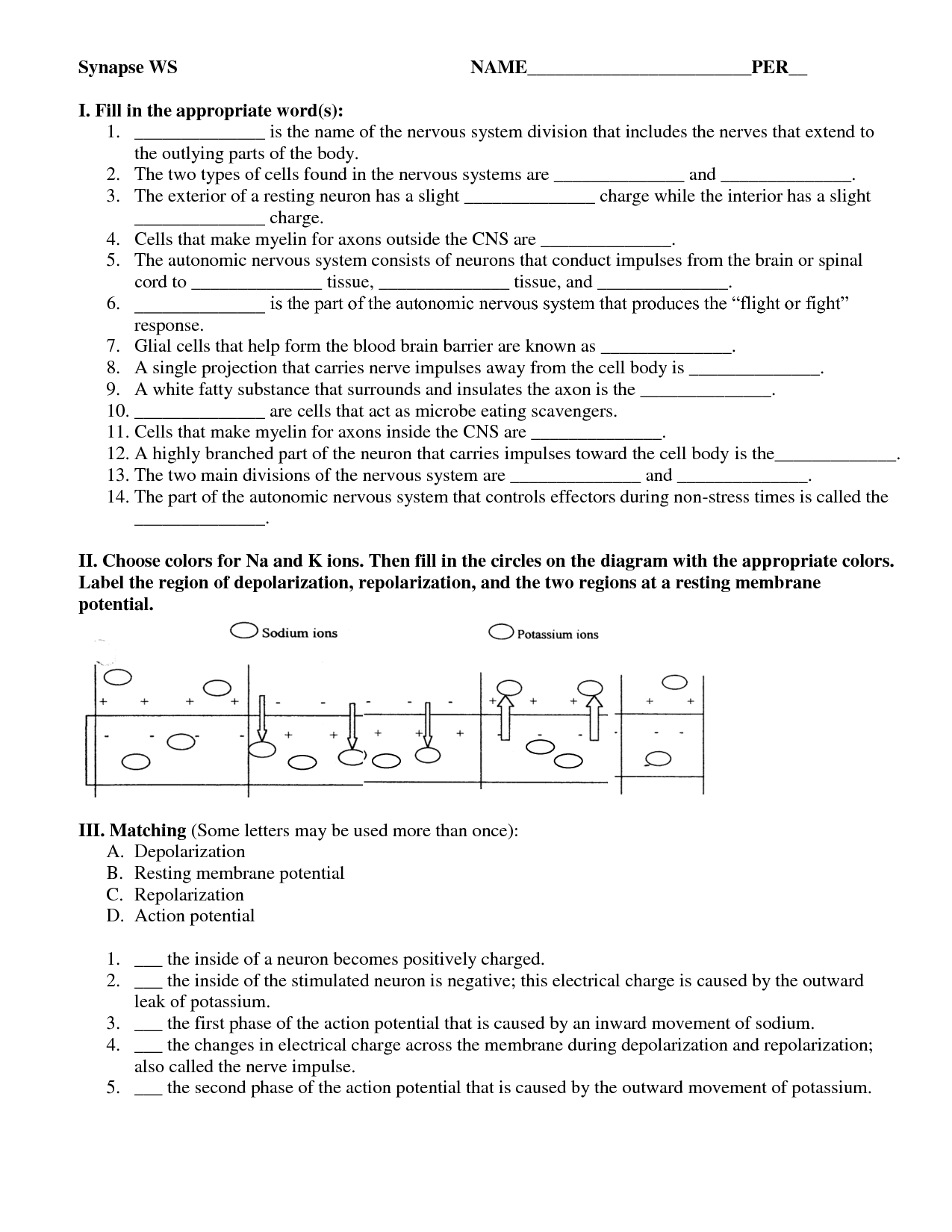
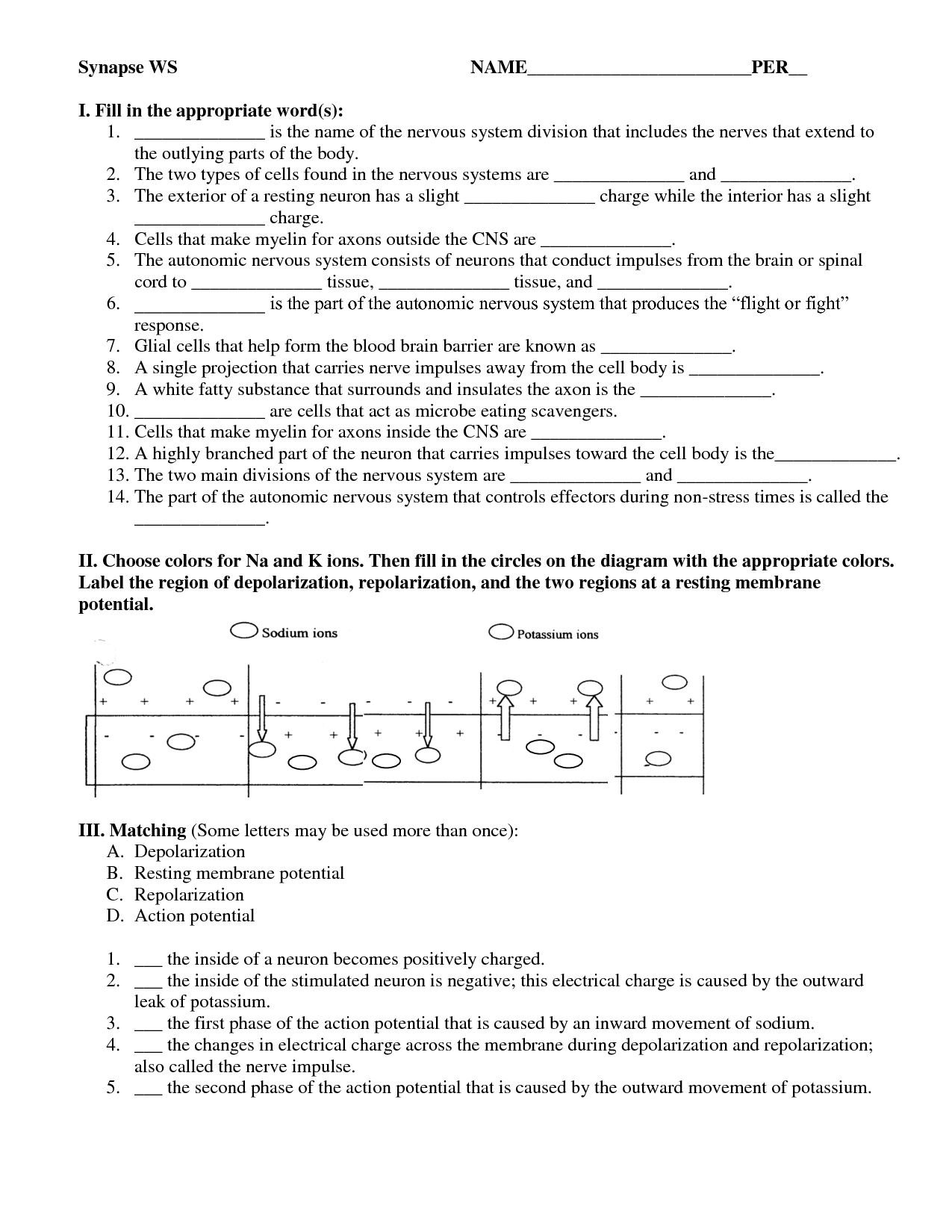
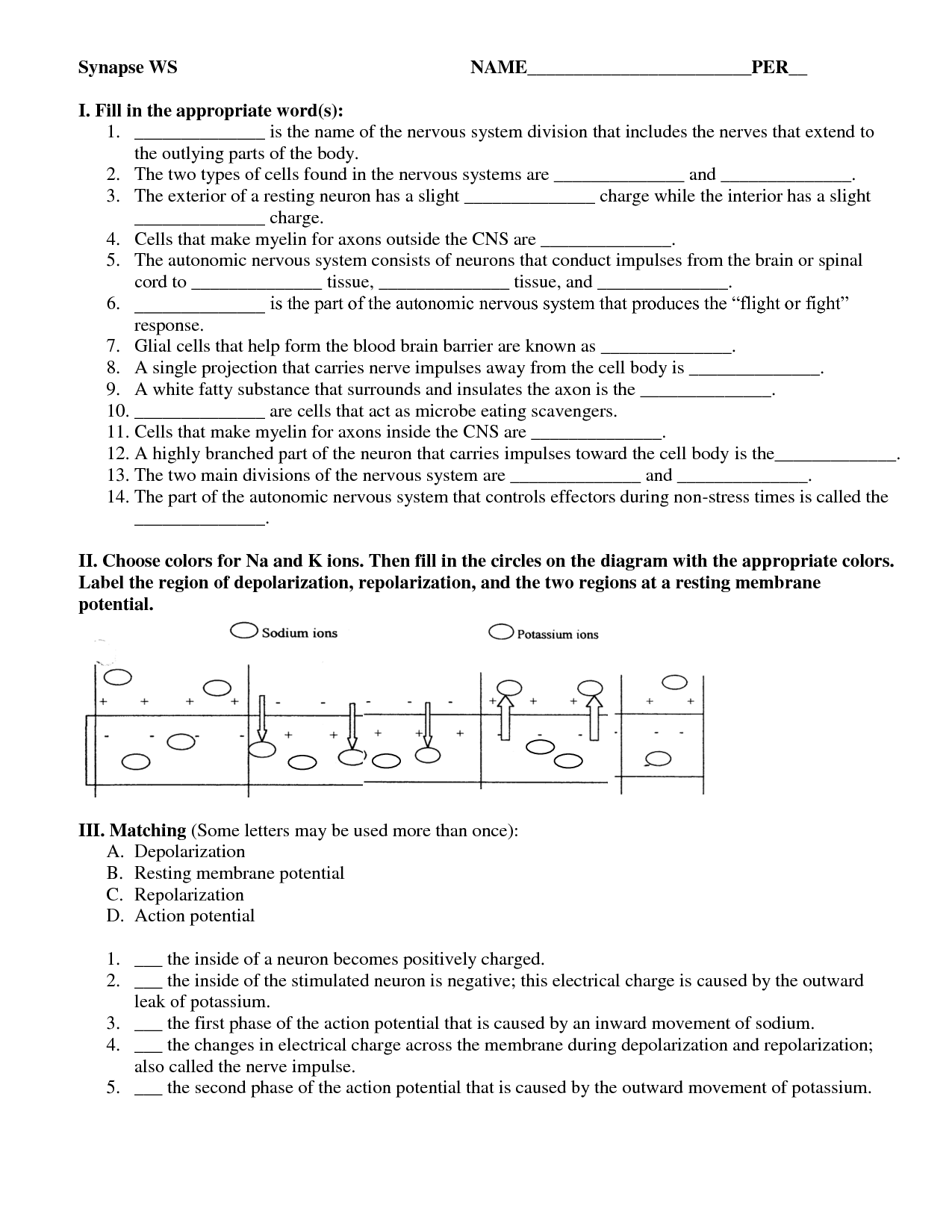
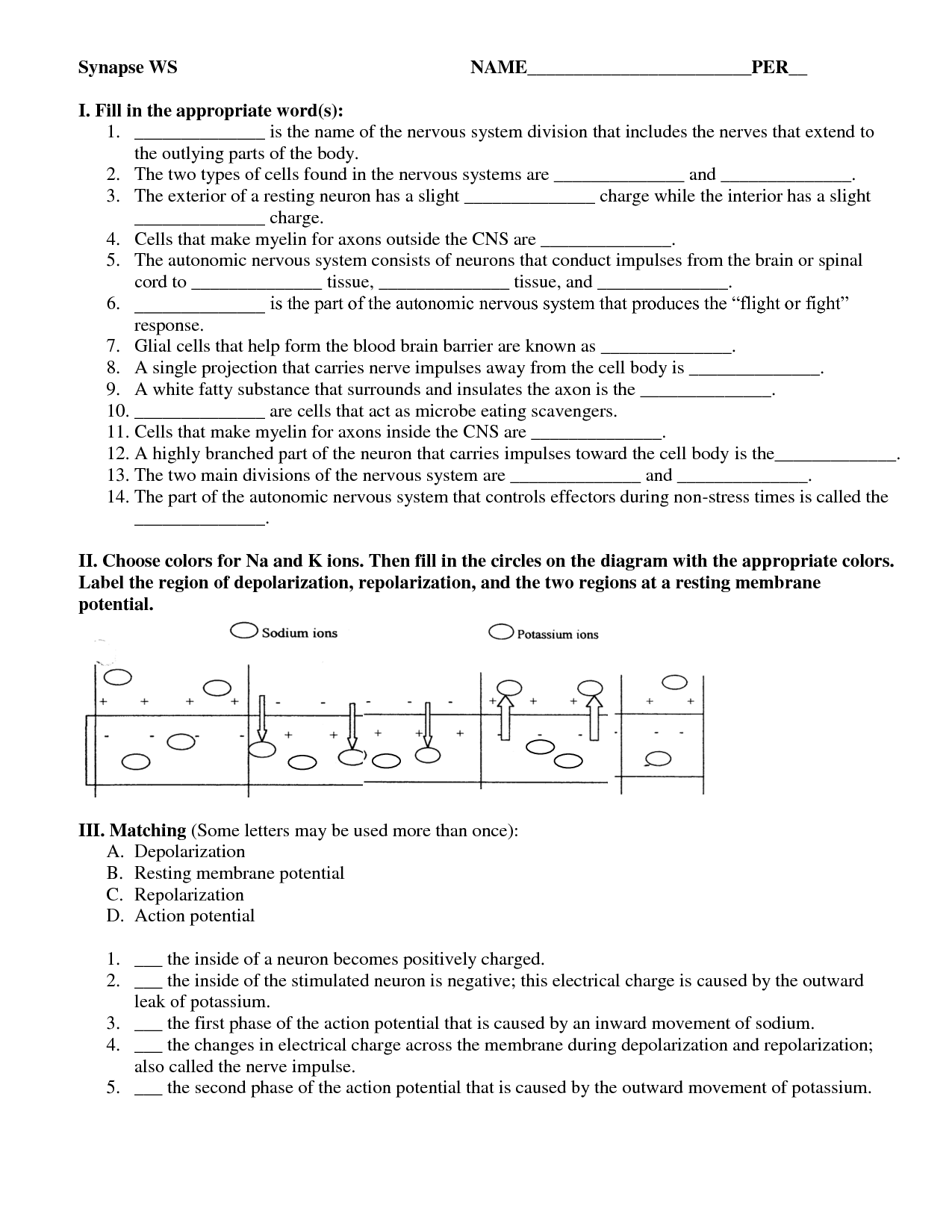
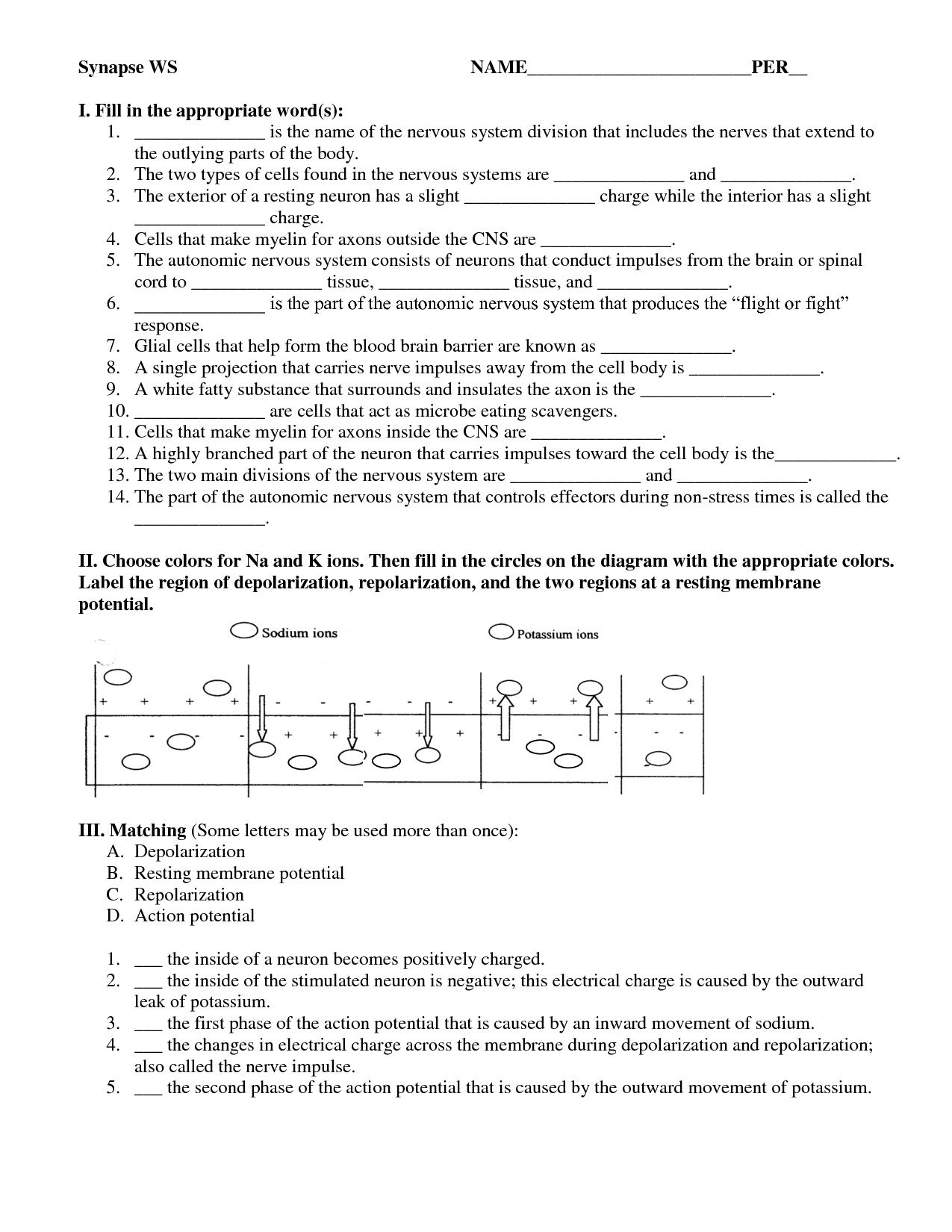
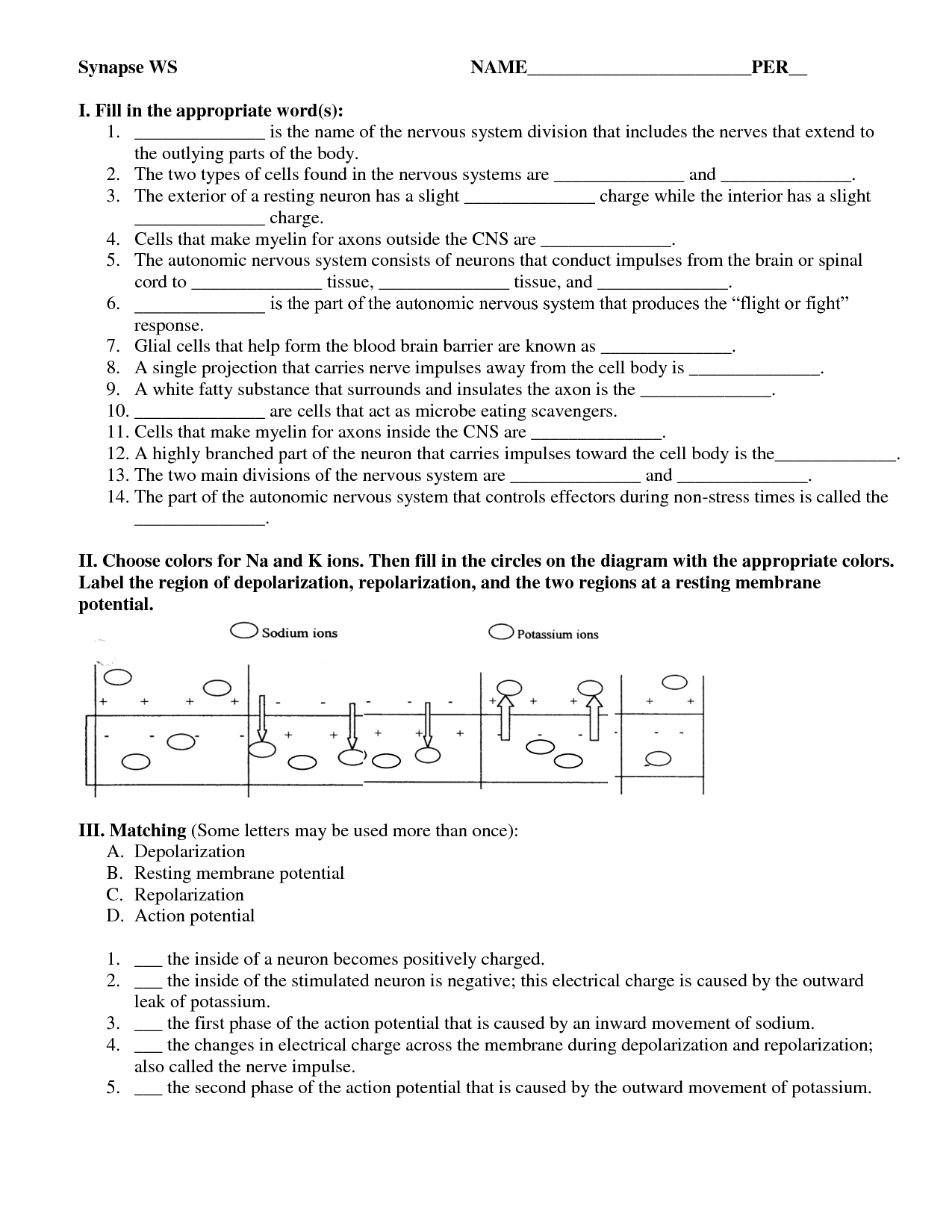
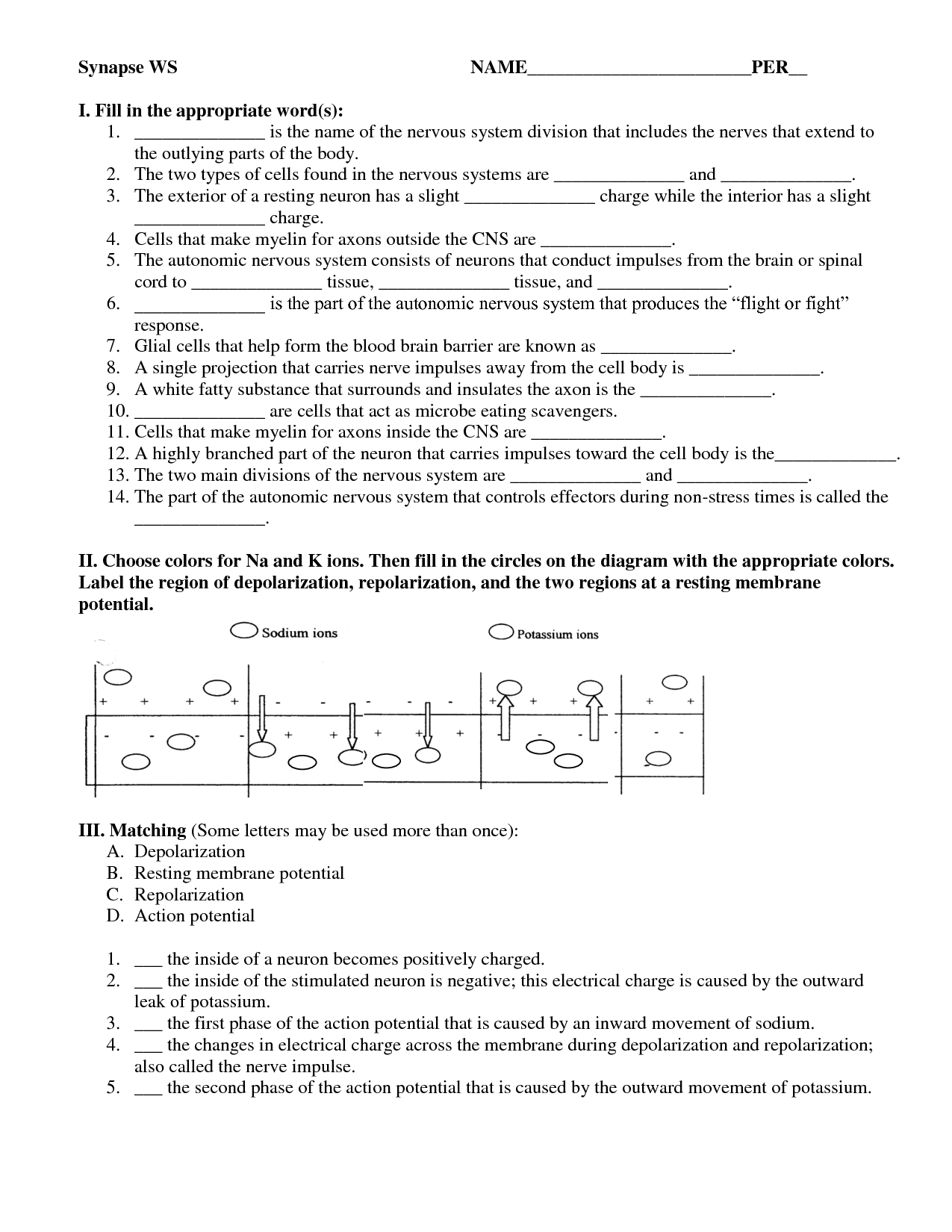
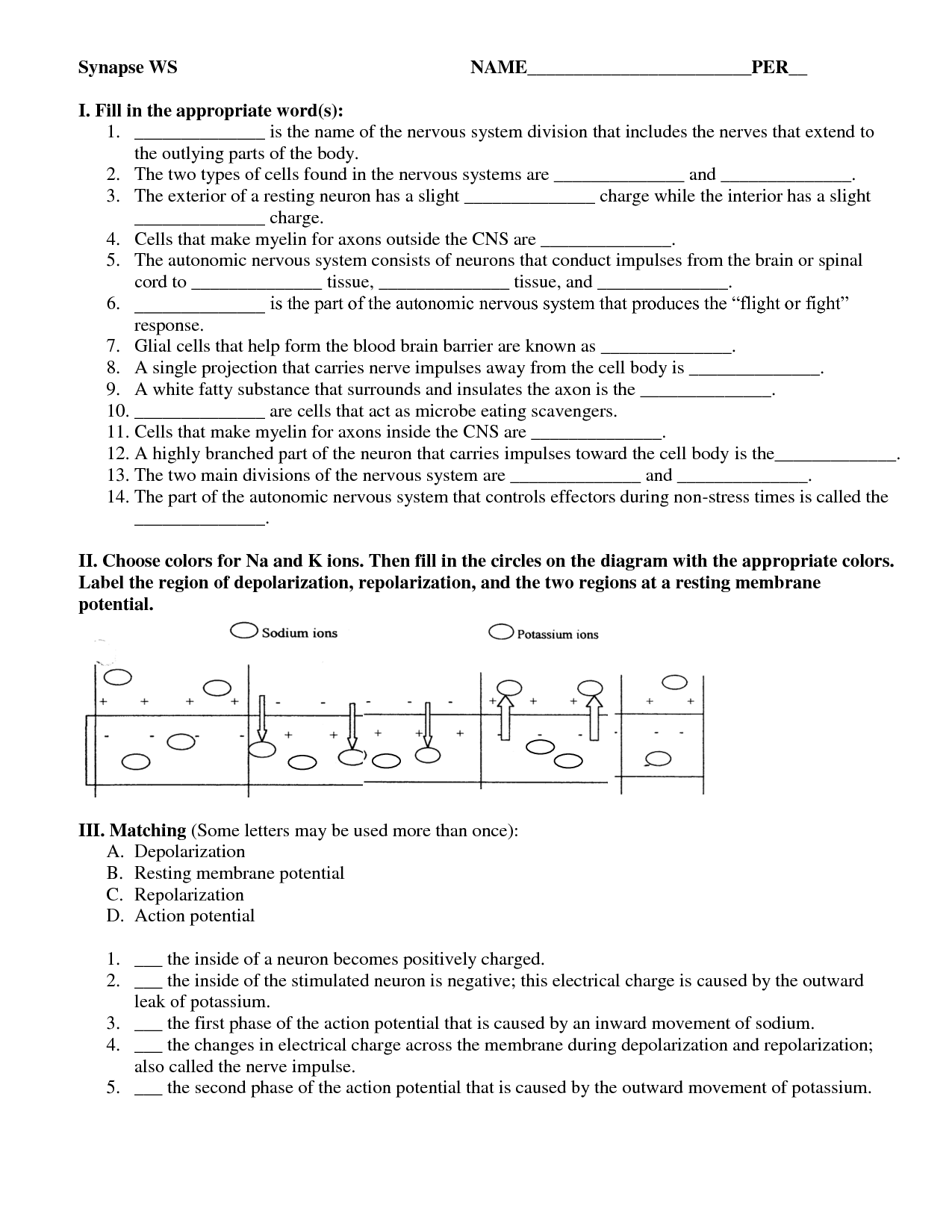
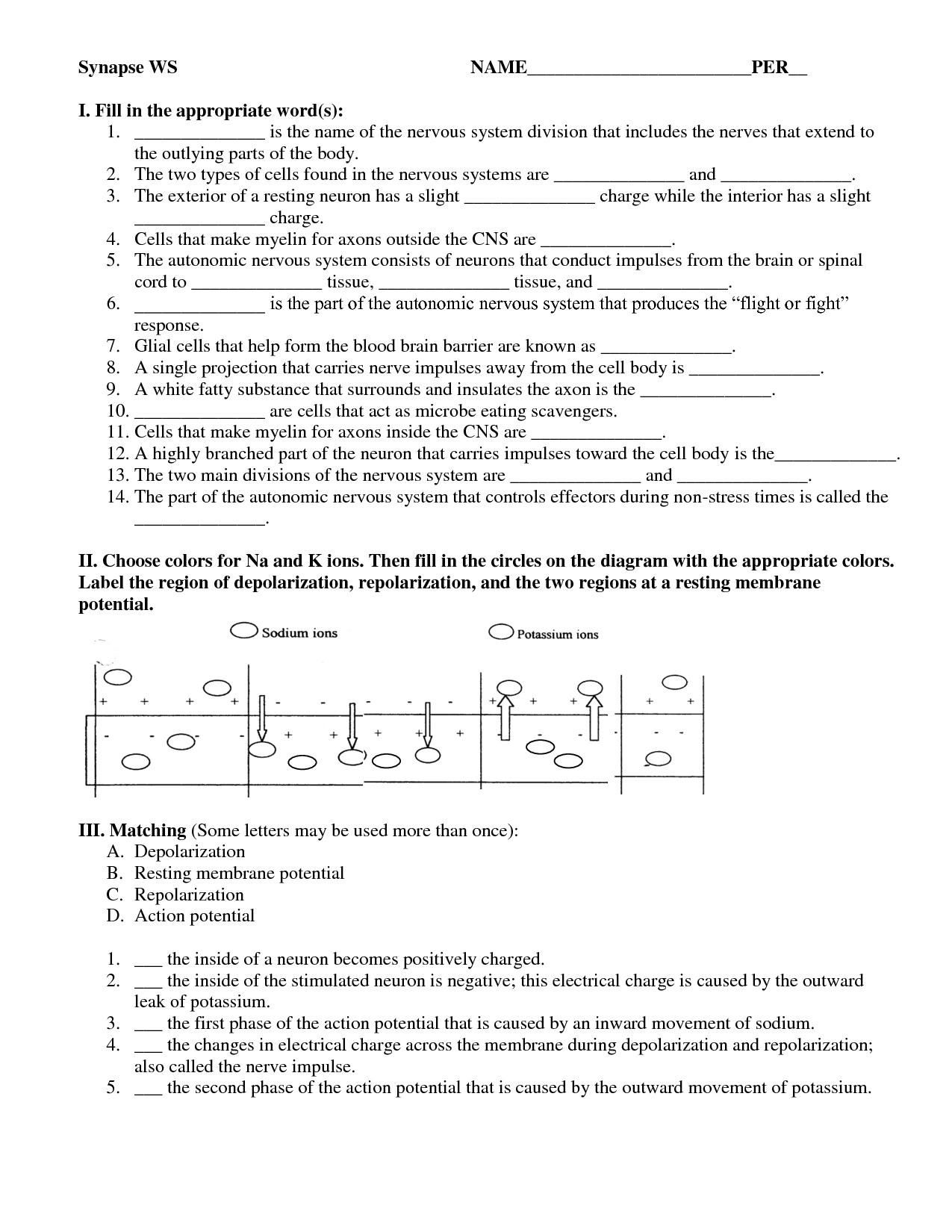














Comments